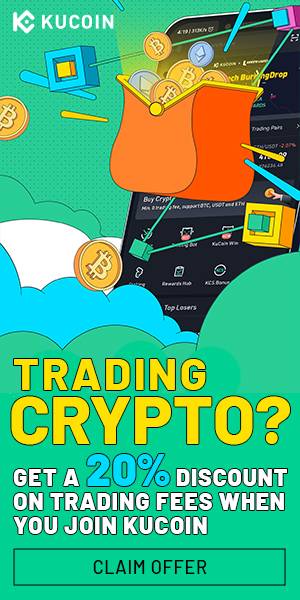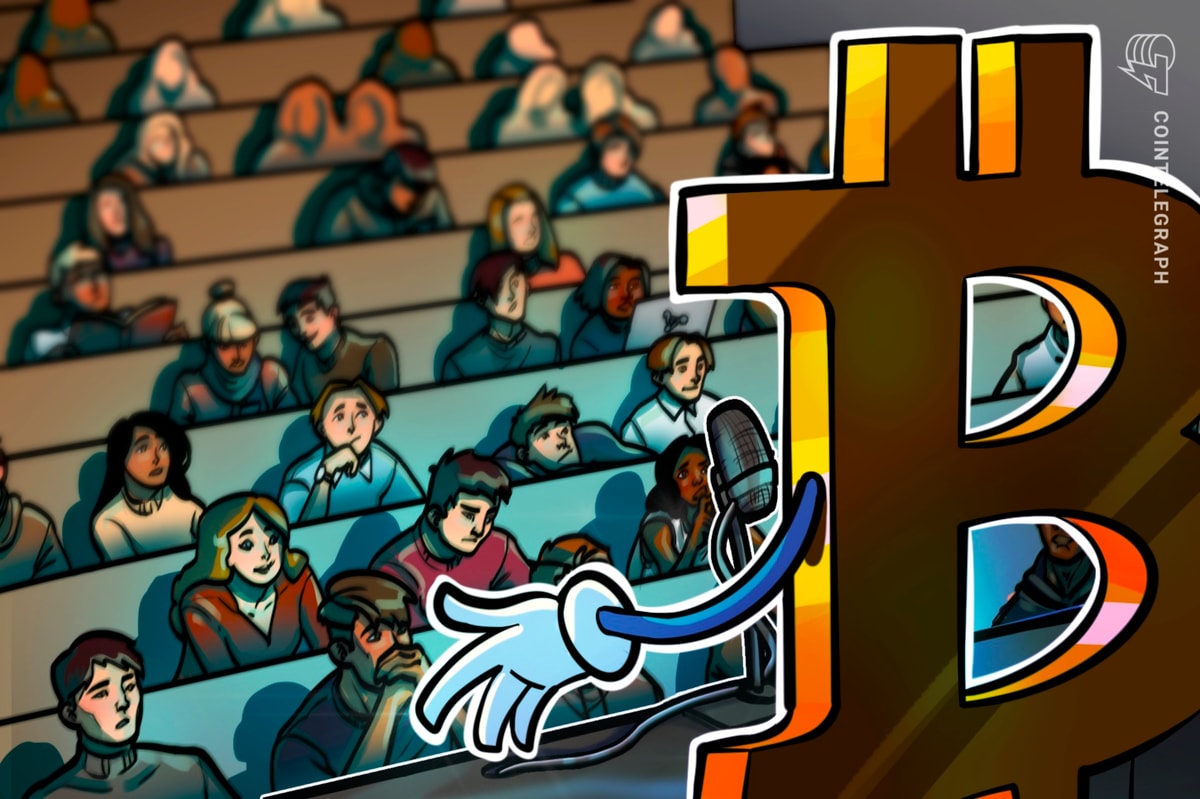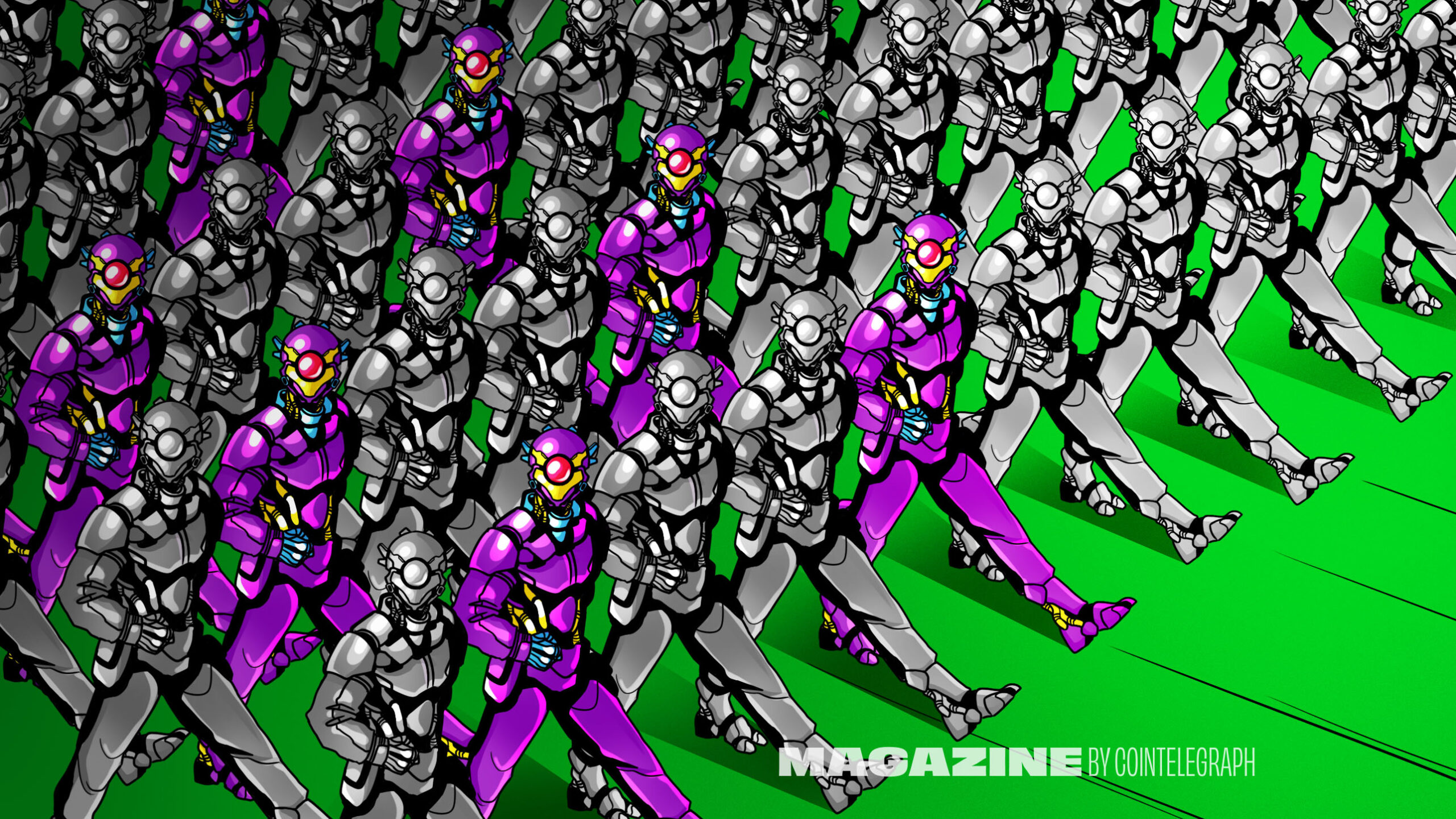Web3, popularly known as the decentralized web, promises to take centralized control away from large companies to give power to the average users. The ultimate goal of Web3 is to establish trust on the internet by ensuring the user’s data always stays its own.

View Full Image
The global Web3 market was worth $3.2 billion in 2021 and it is expected to reach an eye-watering figure of $81.5 billion by 2030. These numbers paint a vivid picture: Web3 is rapidly becoming the next big thing and to remain competitive in this modern age, we need to embrace all it has to offer. Neeraj Khandelwal, Co-Founder of CoinDCX, shared his valuable insights on the ins and outs of this decentralized phenomenon. This is an exclusive peek into our decentralized tomorrow.
Q1) Web 3.0 reportedly has the potential to add over 1 trillion dollars to India’s GDP. Do you think India has the potential to lead the Web 3.0 revolution?
Neeraj Khandelwal: This question has a simple answer – Yes! India can absolutely lead the Web3 revolution. But for that, the first step is acceptance. We have come a long way from the static Web1 to our current interactive Web2. Now, the quicker India can embrace Web3, the faster we can become a thriving Web3 ecosystem.
Web 3.0 truly has the potential to add over 1 trillion dollars to India’s GDP. We must start our journey by quickly moving away from centralized systems. Large organizations use customer data as a massive source of revenue. For example, food delivery services store customer data and sell it to restaurants and organizations to regulate the ads you see. By decentralizing our data and removing large corporations from their roles as middlemen, we can achieve an ecosystem based on transparency, efficiency and security.
Q2) Could you please tell us – What are the main components of Web 3.0 that will drive this change?
Neeraj Khandelwal: At its core, the decentralized world of Web3 revolves around certain core technologies: blockchain platforms, NFTs, virtual digital assets, AI and ML. However, the central components of this decentralized internet involve both the technological and the social aspects.
For me, there are three critical pillars: blockchain technology, community ownership and compliance. First and foremost, the technology empowering Web3 is a digital ledger called the blockchain. Blockchain platforms are sophisticated systems of recording information, making them efficient and immutable. These decentralized, distributed ledgers maintain transparent records that show irrefutable ownership of digital assets. Moreover, blockchain eradicates the roles of intermediaries on the internet, subsequently lowering any transaction fees whilst maintaining overall transparency and fairness.
Second on this list is a community-led approach to Web3. For this new era of the internet to become a success, the community has to come together to establish the necessary guidelines. This can be done with the establishment of decentralized autonomous organizations in the Web3 space to create transparent rules of operations. Then finally, we have the pillar of compliance. Since Web3 is all about the ownership of digital assets, we need countries around the world to embrace these offerings. For any user with a footprint in Web3, their assets have to be recognized by the laws of the land. This means the country and its government need to accept the growing phenomenon of Web3 and welcome the ownership of digital assets.
While a paradigm shift is expected from this third phase of the internet, various studies are very optimistic about its growth. As per Emergen Research, the global Web 3.0 market is expected to register a CAGR of 43.7 % and revenue is projected to increase from $ 3.2 Billion in 2021 to $ 81.5 Billion in 2030. A recent report, ‘The India Web3 Startup Landscape’ from NASSCOM, mentions Web3 received $30.5 Bn of VC funding in 2021 alone, and over $14.5 Bn in just Q1 of 2022 , led by investments in DeFi and NFTs.
Q3) Decentralized Finance uses security protocols, connectivity, and software advancements to increase access to financial services and reduce transaction times. What is the role of DeFi in Web3?
Neeraj Khandelwal: DeFi is the financial backbone of Web3. In the next decade, I have absolutely no doubt that DeFi will be monumental and will sweep across multiple facets of our digital businesses. The most prominent benefit of DeFi is that it makes the financial world a lot fairer for end users. This is achieved through sophisticated security protocols, unparalleled connectivity and total transparency with the use of distributed public ledgers. Transaction level data is always visible with DeFi and that adds to its overall appeal.
DeFi has remained remarkably underutilized despite holding numerous benefits. There are currently about 300 million crypto investors worldwide. Yet there are only about 15 million active DeFi users. Now, I think that in the following three to five years, this number of 15 million will easily increase to over 100 million, and by 2030, Web3 will have a significant impact on billions of lives. Finance and entertainment are two industries that Web3 will unavoidably encompass, providing a decentralized backbone for a wide range of industries. The “User Experience” is one of the main obstacles that has been preventing widespread adoption, however this is changing as more developers place a strong emphasis on it. I anticipate a decentralized offering on all CeFi platforms in the near future.
By opening up a new world of financial services at a fraction of the costs we currently pay in our Web2 ecosystem, DeFi will undoubtedly empower the future of Web3. To open up the world of DeFi, we have created Okto as the first step of a much grander expansion. We will continue to build efficient, convenient, and secure platforms that put customer experiences at the center. Fundamentally, this ties back to CoinDCX’s mission to build services allowing value distribution, increasing transparency and giving control back to the users. This space is ever-evolving and our eventual goal is to capture the full Web3 spectrum.
Q4) As CoinDCX, one of India’s leading and most valued crypto companies, expands its footprint into the Web 3.0 ecosystem, what are the challenges you are facing in this journey?
Neeraj Khandelwal: The Web3 use cases are dispersed throughout several chains, and consequently, potential investors and enthusiasts in the decentralized finance, or DeFi, area are usually unsure of the discovery process or starting point for Web3 and DeFi prospects to carry out a transaction. Right now, the only ways to learn about those possibilities are through social media or word of mouth.
Building a user-friendly strategy for new clients has been a prominent challenge. DeFi is thought to have around 15 million monthly users. Despite the huge quantity, the majority are significant businesses that profit from this environment. DeFi is still mostly unreachable for common users To track your accounts, you must go through a lot of steps that involve learning cryptography, utilizing access keys, and surfing several websites. This still presents an obstacle.
Q5) Taking that thought forward, how can these challenges be overcome? What is the solution?
Neeraj Khandelwal: The solution to this challenge is creating a platform that simplifies the process of accessing and utilising DeFi. For this reason, we have developed Okto, a Defi app for our end users and customers.
We imagine this app to be completely hassle-free. Users can simply log in and start investing without any trouble learning cryptography and protocols or having to follow any complex steps. We are making efforts to make DeFi completely user-friendly. We’ve already spent 9 months on this project and are now ready for a global launch.
Our DeFi App will provide a plethora of opportunities by granting access to more than 20 chains and over 100 different protocols as a first step toward accomplishing its mission. To securely navigate these opportunities in DeFi, Indian customers will be able to access the Okto wallet through the CoinDCX Pro app. With the help of this app, users can access thousands of tokens from various DEXs and find possibilities that will produce massive yields.
As a part of our overall solution, we have integrated multi-party computation or MPC, technology to resolve private key-related concerns, assisting customers to recover their passkey and funds easily, without compromising the security of their data. This is all done in order to make decentralized investment opportunities even more accessible. These are our solutions for an easy-to-use DeFi experience in Web3.
Disclaimer: This article is a paid publication and does not have journalistic/ editorial involvement of Hindustan Times. Hindustan Times does not endorse/ subscribe to the contents of the article/advertisement and/or views expressed herein.
The reader is further advised that Crypto products and NFTs are unregulated and can be highly risky. There may be no regulatory recourse for any loss from such transactions.
Hindustan Times shall not in any manner, be responsible and/or liable in any manner whatsoever for all that is stated in the article and/or also with regard to the views, opinions, announcements, declarations, affirmations etc., stated/featured in same. The decision to read hereinafter is purely a matter of choice and shall be construed as an express undertaking/guarantee in favour of Hindustan Times of being absolved from any/ all potential legal action, or enforceable claims. The content may be for information and awareness purposes and does not constitute a financial advice.
Download The Mint News App to get Daily Market Updates.
Read More: news.google.com









 Bitcoin
Bitcoin  Ethereum
Ethereum  Tether
Tether  XRP
XRP  Solana
Solana  USDC
USDC  Dogecoin
Dogecoin  TRON
TRON  Cardano
Cardano  Lido Staked Ether
Lido Staked Ether  Wrapped Bitcoin
Wrapped Bitcoin  LEO Token
LEO Token  Chainlink
Chainlink  Avalanche
Avalanche  Stellar
Stellar  Shiba Inu
Shiba Inu  Sui
Sui  Toncoin
Toncoin  Hedera
Hedera  USDS
USDS  Wrapped stETH
Wrapped stETH  Bitcoin Cash
Bitcoin Cash  MANTRA
MANTRA  Litecoin
Litecoin  Polkadot
Polkadot  Bitget Token
Bitget Token  Hyperliquid
Hyperliquid  Binance Bridged USDT (BNB Smart Chain)
Binance Bridged USDT (BNB Smart Chain)  Ethena USDe
Ethena USDe  Pi Network
Pi Network  WETH
WETH  WhiteBIT Coin
WhiteBIT Coin  Monero
Monero  Wrapped eETH
Wrapped eETH  Uniswap
Uniswap  OKB
OKB  Dai
Dai  Coinbase Wrapped BTC
Coinbase Wrapped BTC  Pepe
Pepe  Aptos
Aptos  Ondo
Ondo  Gate
Gate  NEAR Protocol
NEAR Protocol  Tokenize Xchange
Tokenize Xchange  sUSDS
sUSDS  Internet Computer
Internet Computer  BlackRock USD Institutional Digital Liquidity Fund
BlackRock USD Institutional Digital Liquidity Fund  Cronos
Cronos  Mantle
Mantle